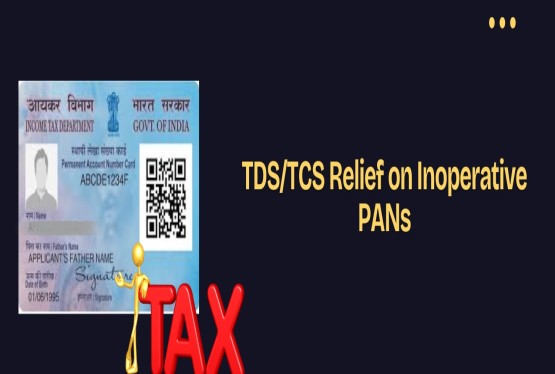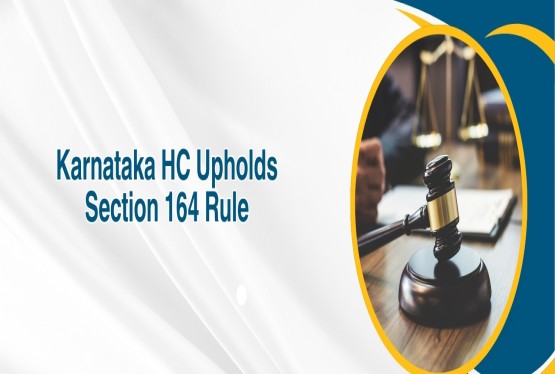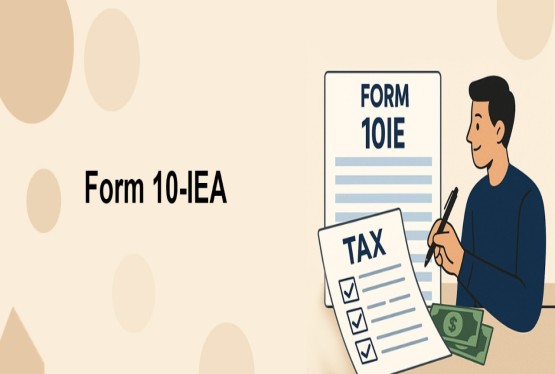Section 195 of the Income Tax Act of 1961 is an important provision related to tax deduction at source (TDS) on payments made to Non-Resident Indians (NRIs) or foreign companies. It plays an important role in regulating tax compliance and ensuring that taxes are collected at the time of payment. This article explains Section 195 of the Income Tax Act in detail, including who is liable to deduct TDS, when it is applicable, what the TDS rates are, and what happens if there is non-compliance.
Section 195: TDS on Payments to NRIs & Foreign Companies
Section 195 of the Income Tax Act deals specifically with TDS on payments, excluding salary, made to NRIs and foreign companies. The law places the responsibility of deducting TDS on the payer, whether a resident or non-resident, to ensure that tax is collected before the money leaves India. This helps in preventing tax evasion and secures the government’s revenue.
This section covers a wide range of payments, including interest, royalty, technical service fees, dividends, capital gains, and other similar incomes that are taxable in India. The person making the payment must deduct TDS at applicable rates before remitting the amount to the non-resident recipient.
Who is Required to Deduct TDS under Section 195?
Any person, whether resident or non-resident, making a payment (other than salary) to a non-resident individual or foreign company, is liable to deduct TDS under Section 195 of the Income Tax Act. The payer could be an individual, a Hindu Undivided Family (HUF), a partnership firm, a company, or any legal entity.
The deduction of tax must be made even if the payer does not have any taxable income in India. The key condition is that the payment being made should be taxable under Indian law. If it is, then TDS must be deducted before transferring the funds to the NRI or foreign company.
Applicable Situations for TDS under Section 195 of the Income Tax Act
TDS under Section 195 is required in two instances: when the income is credited to the payee's account and when the actual payment is made. Whichever happens earlier is considered the point at which TDS should be deducted. Even if the amount is credited to a suspense account or any other account, it is treated as a credit to the payee's account for TDS purposes.
In the case of payments by the government or public sector banks, the deduction is made only at the time of actual payment, irrespective of when the amount was recorded. This ensures a consistent application of TDS across various payment scenarios.
As per Section 5(2)(b) of the Income Tax Act, the income of an NRI includes any amount that is accrued or arises in India. Hence, all such payments that are taxable in India require TDS deduction under this section.
What is the Threshold Limit to Deduct TDS under Section 195?
Unlike other sections of the Income Tax Act, Section 195 does not specify any monetary threshold for TDS deduction. This means that even a small payment made to a non-resident can attract TDS if it is chargeable to tax in India.
If the payment is not taxable in India, TDS is not required. However, this determination must be made with care, and the payer must either get a certificate from the Assessing Officer for a lower or nil deduction or obtain a certificate under Form 15CB issued by a Chartered Accountant.
What is the Rate of TDS under Section 195?
The TDS rates under Section 195 vary based on the nature of the income being paid to the non-resident. These rates are either specified in the Income Tax Act or under the Double Taxation Avoidance Agreement (DTAA) between India and the payee's country. If the DTAA is more beneficial to the payee, those rates can be used.
In addition, when the Income Tax Act rates are used, applicable surcharge and health and education cess must also be added. However, when DTAA rates are applied, these additions are not necessary. Below are the common TDS rates under Section 195:
-
Investment income by NRIs: 20%
-
Long-term capital gains under Section 115E: 10%
-
Long-term capital gains on listed shares u/s 112A: 10%
-
Short-term capital gains u/s 111A: 15%
-
Other long-term capital gains: 20%
-
Interest on foreign currency loans: 20%
-
Royalty and fees for technical services: 10%
-
Winnings from lotteries, horse races, online games: 30%
-
Any other income: 30%
Also, if the non-resident does not have a PAN, the TDS rate applicable is either the rate in force or 20%, whichever is higher, under Section 206AA.
Penalties for Non-Compliance with Section 195
Non-compliance with Section 195 can lead to significant consequences for the payer. If the tax is not deducted at source, the payment may be disallowed as a business expense under Section 40(a)(i) of the Income Tax Act.
If the tax is deducted but not deposited in time, interest at 1.5% per month or part of the month is applicable from the date of deduction to the date of deposit. Additionally, a penalty equal to the TDS amount can be imposed under Section 271C.
If there is a short deduction of TDS, a penalty equal to the difference between the correct TDS and the deducted amount can be levied. Further, if no TDS is deducted, interest under Section 201(1A) of the Income Tax Act will apply.
Ways to Deduct Section 195 TDS
Deducting TDS under Section 195 involves a series of steps to comply with the law:
-
Apply for a TAN: Before deducting TDS, the payer must apply for a Tax Deduction Account Number (TAN) under Section 203A of the Income Tax Act.
-
Deduct TDS on Payment Date: TDS must be deducted at the time of payment or credit, whichever is earlier. This deduction should follow the prescribed TDS rates.
-
Deposit TDS: The deducted TDS must be deposited to the government through an authorized bank by the 7th of the following month.
-
File TDS Return: The payer must file quarterly TDS returns using Form 27Q for payments made to non-residents.
-
Issue TDS Certificates: The payer must issue TDS certificates in Form 16A to the payee within 15 days of filing the TDS return.
-
Form 15CA and 15CB: In case of remittance, Form 15CA must be submitted electronically, and a Chartered Accountant must certify the transaction through Form 15CB.
-
Apply for Nil/Lower Deduction: If eligible, the payee can apply for a nil or lower deduction certificate using Form 15E to avoid excess TDS.
Frequently Asked Questions (FAQs)
Q1. What are the conditions to claim DTAA benefits under Section 195?
Ans. To avail of DTAA benefits, the payee must provide a Tax Residency Certificate (TRC) from their home country, file Form 10F, and give a self-declaration to the payer confirming the applicability of DTAA provisions.
Q2. What TDS rate applies to a US company receiving professional fees without a PAN or permanent establishment in India?
Ans. If the payee does not have a PAN, TDS must be deducted at 20% or the rate under Chapter XVII-B, whichever is higher. Since there's no permanent establishment, DTAA provisions may apply if supported by documentation.
Q3. Can TDS under Section 194IA apply on purchase of property from an NRI?
Ans. No. Section 194IA applies to residents. When buying property from an NRI, TDS must be deducted under Section 195 on the capital gains portion and not the sale value.
Q4. Is TDS on sitting fees for non-resident directors also covered under Section 195?
Ans. Yes. For non-resident directors, TDS is deducted under Section 195. If the director were a resident, then Section 194J would apply.
Q5. Under which head should income from dance performance be shown in ITR?
Ans. If dance is the primary source of income, it should be reported as income from profession. If it's occasional, it may be shown as income from other sources.
Q6. What is a Tax Residency Certificate (TRC) and where can it be obtained?
Ans. A TRC is a certificate issued by the tax authority of the payee's resident country. It is required to claim benefits under DTAA. The payee must apply to their local tax authority to obtain this document.
Q7. Is TAN mandatory for paying TDS under Section 195 while buying a property from an NRI?
Ans. Yes. TAN is compulsory to deduct and pay TDS under Section 195. The buyer must obtain TAN before making the transaction.
Q8. What details are required in the Tax Residency Certificate (TRC)?
Ans. A valid TRC should include the assessee's name, nationality, status (individual/company), period for which TRC applies, address during the period, and the taxpayer identification number.








_crop10_thumb.jpg)


















































































_for_FY_2025-26_crop10_thumb.jpg)












_learn_crop10_thumb.jpg)








_Filing_Due_Dates_for_FY_2024-25_learn_crop10_thumb.jpeg)
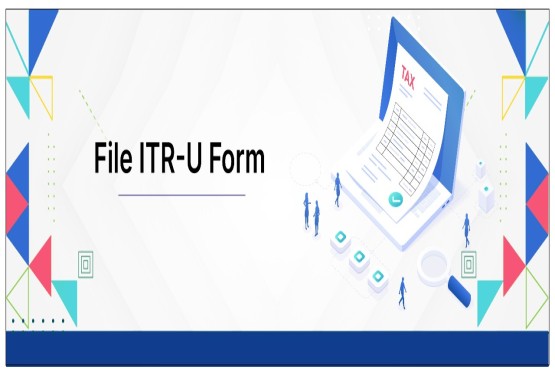

























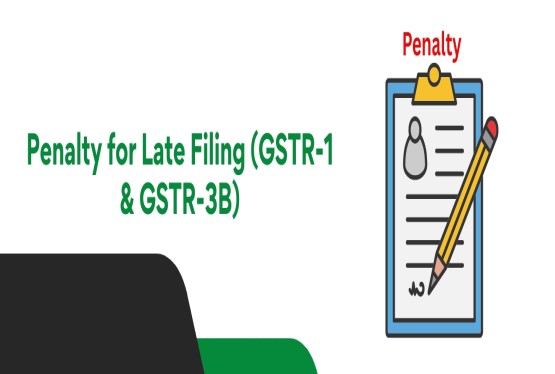












_of_GST_Act_learn_crop10_thumb.jpg)










_Under_GST_learn_crop10_thumb.jpg)








_crop10_thumb.jpg)


_crop10_thumb.jpg)






_learn_crop10_thumb.jpg)






















_of_the_Income_Tax_Act_learn_crop10_thumb.jpg)



_learn_crop10_thumb.jpg)






_learn_crop10_thumb.jpg)






_crop10_thumb.jpg)




















_in_The_Income_Tax_Act,_1961_learn_crop10_thumb.jpg)



_learn_crop10_thumb.jpg)



_of_the_Income_Tax_Act_learn_crop10_thumb.jpg)

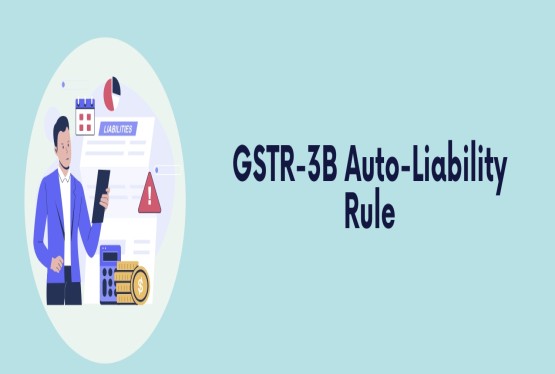
_Of_Income_Tax_Act_learn_crop10_thumb.jpg)








_learn_crop10_thumb.jpg)








_learn_crop10_thumb.jpg)
_crop10_thumb.jpg)

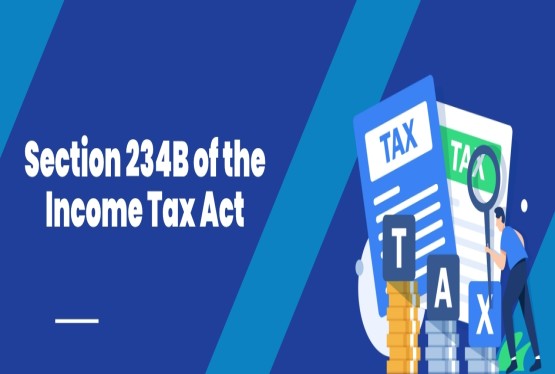




















_learn_crop10_thumb.jpg)
_for_Import_and_Export_learn_crop10_thumb.jpg)











